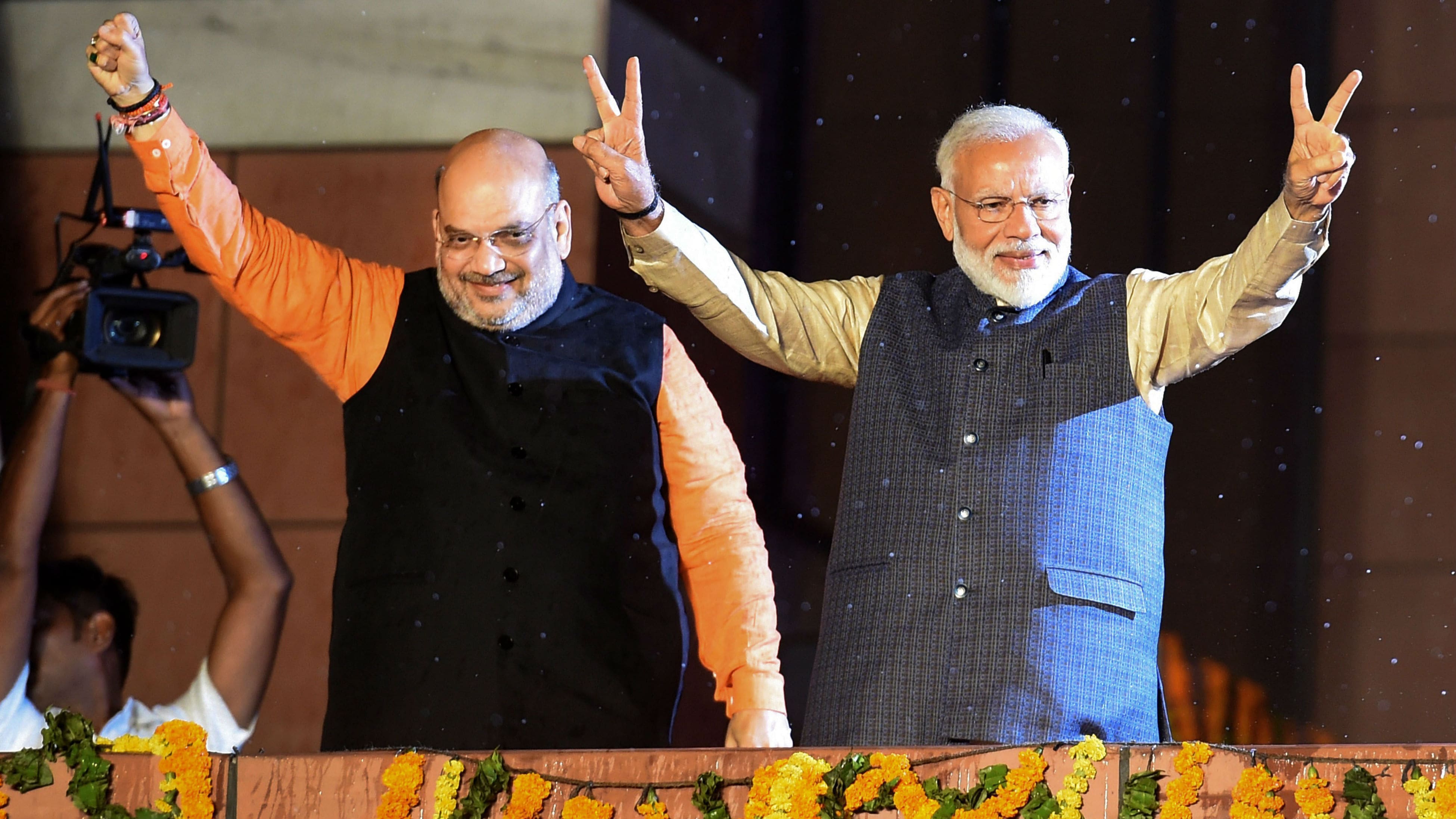For decades, Left-Wing Extremism (LWE) — or Naxalism — bled India from within. Armed groups claimed to fight for the poor, but in truth, they unleashed a reign of terror across tribal belts, assassinating local leaders, extorting contractors, and running parallel “people’s courts.” Their false promise of “land to the tiller” was soaked in the blood of the very people they claimed to protect.
At its peak in 2010, the Red Corridor stretched across more than 200 districts in 20 states — an internal security nightmare that successive governments either ignored or exploited for political convenience. Some leaders even romanticized the insurgents as “true patriots,” while states misused central funds meant for anti-Naxal operations without accountability. What was missing all along was political will — until 2014.
That said, one cannot overlook the Congress government’s determined fight against the outlawed extremist groups in undivided Andhra Pradesh under the leadership of the late Dr. Y. S. Rajasekhara Reddy. The state, long embattled with left-wing extremism, managed to neutralize the threat when the then Chief Minister took a bold call to strike hard. Backed by a formidable team — the then DGP Swaranjit Sen, Intelligence Chief Aravinda Rao, and the head of the elite Greyhounds force — the state launched a coordinated offensive. The Greyhounds, specially trained in guerrilla warfare, relentlessly tracked down extremists from their hideouts in dense forests and remote tribal hamlets.
However, the real national resolve emerged when the BJP-led NDA government under Prime Minister Narendra Modi came to power. It made no bones about its intent. Home Minister Amit Shah and his team set a clear goal — to make India completely Naxal-free by 2026. This wasn’t empty rhetoric; it was a mission anchored in timelines, tracking systems, and a balanced mix of coercive and corrective measures.

The results today are emphatic. According to data presented by the Union Home Ministry, incidents of Naxal violence have dropped by 81% since 2010, while civilian and security force deaths are down 85%. The number of affected districts has shrunk from 126 in 2013 to just 18 by April 2025. This is not just progress; it’s a near-eradication of what was once branded India’s “biggest internal security threat.”
The latest example of this turnaround came in Gadchiroli, Maharashtra — long a Naxal bastion — where 60 insurgents, including a key commander, surrendered earlier this week. The surrender symbolizes more than battlefield success. It marks the end of the myth that violence can be sustained when the State is determined and the people are empowered.
What sets the Modi government’s approach apart is its two-pronged strategy — decisive security operations complemented by massive welfare outreach. The National Policy and Action Plan (2015) combined intelligence-led policing with development schemes that penetrated deep into remote tribal districts. Roads, power supply, mobile connectivity, health centres, schools, and livelihood programs were no longer urban slogans but rural realities.
Flagship schemes like Pradhan Mantri Gram Sadak Yojana, Ujjwala Yojana, Ayushman Bharat, PM Awas Yojana, and Jal Jeevan Mission have transformed the socio-economic landscape of tribal regions once dominated by insurgents. The government’s Aspirational Districts Program, which focuses on last-mile delivery of welfare in backward regions, directly targeted areas with Naxal presence. When governance finally reached the grassroots, the ideological grip of Maoists loosened.

Crucially, the security establishment also underwent a shift. Forces were equipped with better communication networks, drones for reconnaissance, modern weapons, and improved road connectivity to inaccessible terrains. States like Chhattisgarh, Jharkhand, and Odisha began to witness coordinated central-state operations instead of fragmented responses.
As Amit Shah recently stated, “Under the leadership of Prime Minister Modi, we will make India Naxal-free.” His confidence isn’t misplaced. The data backs it. Violence fell 73% by 2023, and the pace of decline only accelerated in 2024. What’s left today is residual resistance in a handful of forest belts — more a law-and-order issue than a national threat.
Equally significant is the psychological victory. Villages once terrified by Maoist diktats now hoist the national flag on Independence Day. Former insurgents are returning to mainstream life through surrender and rehabilitation policies. The government’s focus has shifted from retribution to reintegration — a hallmark of mature governance.
India’s war against Naxalism is a textbook case of how political will, policy coherence, and inclusive development can together dismantle a decades-old insurgency. The Left’s guns have not fallen silent by accident; they’ve been silenced by intent, infrastructure, and integrity in implementation.
If the current trajectory holds, 2026 may well mark the final chapter of an armed movement that thrived for over half a century. For once, the government didn’t just talk tough — it walked the talk!




